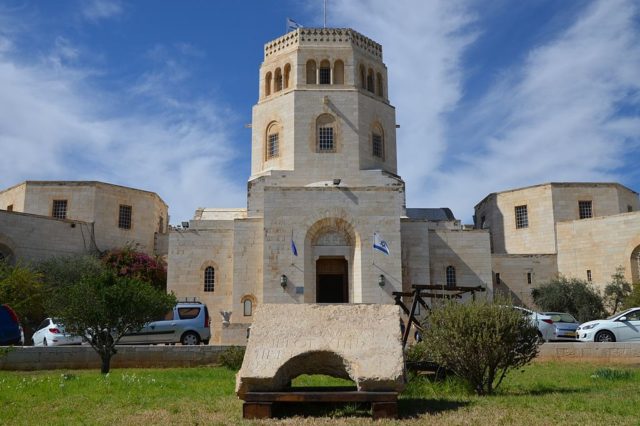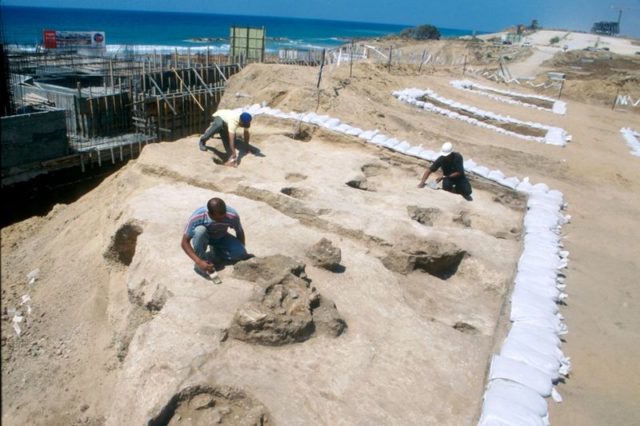Used as an inspiration for thousands of years by the Abrahamic religions, the story of David and Goliath remains one of the most famous biblical tales. Now the excavation of an ancient Philistine cemetery in southern Israel aims to discover the truth behind the ancient parable. The bones found in the cemetery have been connected to the biblical giant’s tribe, and researchers hope this discovery will reveal some of the mysteries of Goliath’s people.
According to the organizers of the expedition, the discovery of the ancient cemetery is the work of three decades of painstaking excavation and research carried out at the site. Some of these incredible finds have been put on display for the public at the Rockefeller Archaeological Museum in Jerusalem.

It has been approximately three thousand years since the last Philistines roamed the region; the tribe is believed to have been wiped off the face of the earth by the ruthless Babylonian armies. A team of American archaeologists spent thousands of hours in one of the chambers at the excavation site, located in the city of Ashkelon, searching for clues about the ancient civilization. After much hard work, the archaeologists succeeded in extracting the complete skeleton of a Philistine. The ancient Mediterranean man was buried with a flask of terracotta perfume, which became fused into his skull after thousands of years buried beneath the earth.
One of the researchers, Daniel Master, told reporters that the ground-breaking discovery is undoubtedly the crowning achievement of the expedition, providing us with the opportunity to see the Philistine people up close. The excavation project at the site has been carried out since 1985 under the Leon Levy Expedition, which operates under the watchful eye of Harvard University’s Semitic Museum.

Daniel Master told the AFP that the excavation project has so far yielded a plethora of corpses, and that archaeologists have been able to excavate 145 of them successfully. He explained that, to a layman, a skeleton is merely a collection of bones; however, to the expert eye of an archaeologist, these bones represent a whole set of information about the customs, lifestyle, health, and even the religious beliefs of the deceased. According to Master, the corpses from the site will shed light on the hidden truths about the culture of the ancient Philistines and may help researchers draw a clearer picture of their customs and traditions.
The origins of the Philistines, who were sometimes referred to as the Sea Peoples, remain shrouded in speculation. A number of artifacts recovered from the region suggest that these people may have been descendants of the great Mycenaean civilization in Greece, which mysteriously vanished over 3,000 years ago.
